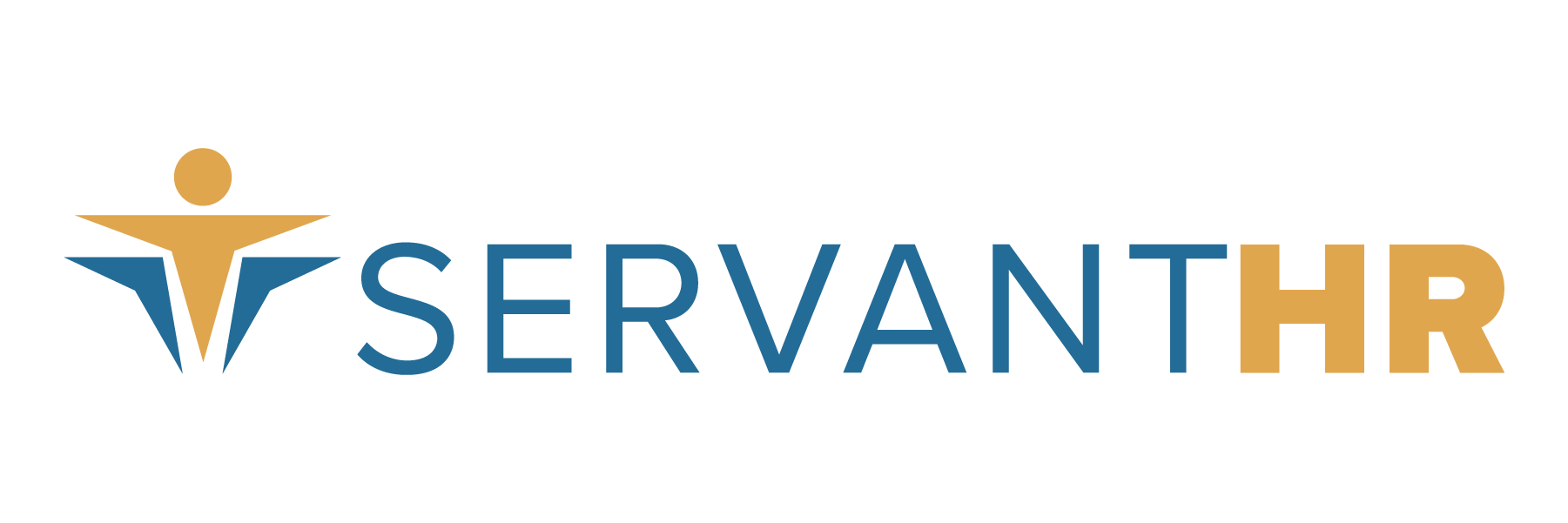Imagine you see a friend or coworker carrying something heavy—perhaps a big box, or a table.
You grab the other end to help carry it, or rush to a door to hold it open for them. You do whatever is necessary to help. You don’t really think twice.
While it’s simple and often instinctive to lend a hand to someone in need, helping carry the burden of mental health disorders still brings many employers pause. Hesitation is attributed to stigma—the mark of shame or disgrace associated with circumstances, qualities and people living with mental illness.
This hesitation is also caused by uncertainty and fear. Suddenly, offering help seems precarious and political, and employers fumble to make what would otherwise be natural accommodations. However, Paul Heck of DuPont, suggests the same simple courtesy we extend to someone carrying a heavy box be applied to people demonstrating distress.
The Extent (and Expense)
One in four people in the world will be affected by mental or neurological disorders at some point in their lives. According to a World Health Report, 450 million people currently suffer from these conditions, placing mental disorders among the leading causes of ill-health and disability worldwide.
As if the scope of mental health disorders weren’t enough, the cumulative economic cost of mental disorders is projected to reach $16.3 trillion worldwide. In the U.S. alone, the cost of untreated mental illness to employers is estimated to be as high as $100 billion a year. According to the National Business Group on Health, more days of work are lost or disrupted by mental illness than by many chronic conditions, including arthritis, diabetes and heart disease.
With depression now the world’s second leading cause of disability, workplaces can no longer keep mental health disorders quiet—and businesses can no longer afford to.
An Employer’s Role
Creating awareness and providing accommodations is necessary, but perhaps even more important is the employer’s role in fighting the stigma around mental health.
To support employees with mental illness, the National Mental Health Association and the National Council for Behavioral Health recommend seven action steps:
1. ) Educate employees about the signs and symptoms of mental health disorders.
Routine talk about mental illness warning signs, steps for assessing situations and where to find help is necessary for educating employees in the workplace. Empowering employees with resources and language is a good first step in eliminating fear and tension around the subject of mental health.
2.) Encourage employees to talk about stress, workload, family commitments and other issues.
This kind of encouragement often comes in the form of thoughtful questions. Instead of vaguely asking about health or saying, “You seem depressed,” mention that the employee is not being their usual self. Ask, “Do you want to talk about it?” and remind them it’s okay to ask for help.
3.) Communicate that mental illnesses are real, common and treatable.
This goes hand-in-hand with education. Take the stats from this blog and share them with your employees! Let people know that they’re not alone by having frequent conversations, equipping employees with resources and initiating check-in’s.
4.) Discourage stigmatizing language, including hurtful labels such as “crazy,” “loony” or “nuts.”
Again, attention to language is critical. Less than one third of employees coping with mental illness receive treatment, due to fear that they will be called out or treated differently at work. While it may be easy to brush off such small words, careless labels like these directly contribute to stigma.
5.) Invest in mental health benefits.
Mental health disorders are often rooted in a range of issues that make individuals feel helpless and overwhelmed. Employee Assistance Programs (EAP’s), health insurance, leadership training, flex schedules, financial literacy training and even childcare all contribute to an individual’s total health. These benefits care for employees as whole people and ultimately improve workplace effectiveness.
6.) Help employees transition back to work after they take leave.
A common misconception about mental illness is that individuals can’t recover. However, 65 to 85 percent of people will improve with appropriate diagnosis, treatment and monitoring, according to the Partnership for Workplace Mental Health. Return to work plans might include counseling and accommodations aimed at bringing employees back to work faster. In this way, work provides a self-esteem boost and plays an important role in an individual’s recovery.
7.) Consider Obtaining Access to an Employee Assistance Program.
Employee Assistant Programs are work-based intervention programs designed to identify and assist employees in resolving common marital, financial, substance abuse and mental health issues. EAP’s can be offered to employees for free and are usually administered by a third-party, to ensure confidence in talking about private issues that many people fear will jeopardize their employment.
Communicating Care
To maintain a healthy work culture and ensure efficiency, mental health can no longer be a topic to whisper about behind closed doors. With the average American spending 90,000 hours at work over their lifetime, it’s impossible to assume the effects of mental health disorders are absent in the workplace.
Employers have a responsibility to fight proactively against mental health stigma, ensuring their employees are spending their 90,000 hours well, in a good and safe place.
For more information on how Servant HR can act as your coach for workplace issues like this one, contact us today.






